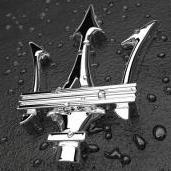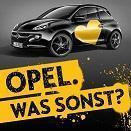Honda Civic Hatchback 2017
Quanto ti piace l'Honda Civic Hatchback 2017?
75 voti
-
1. Quanto ti piace l'Honda Civic Hatchback 2017?
-
Molto23
-
Abbastanza18
-
Poco17
-
Per niente17
-
- Si prega di accedere o registrarsi per votare a questo sondaggio.
-
Contenuti simili
-
- 4 risposte
- 539 visite
-
- 5 risposte
- 628 visite
-
- 7 risposte
- 584 visite
-
-
-


.thumb.jpg.d20c5008a881490f9c7f843d442a34f8.jpg)

.jpg.0a9ff73d7a7ad09550fc411cda37bc7c.thumb.jpg.095392f5d8b6dc45c10ccf463694d027.jpg)





.thumb.jpg.902d2a4f20a129e92b6f6920407b81bd.jpg)




.thumb.jpg.46228d717c405acd43b45b79fddce6a4.jpg)













Messaggi Raccomandati:
Crea un account o accedi per lasciare un commento
Devi essere iscritto per commentare e visualizzare le sezioni protette!
Crea un account
Iscriviti nella nostra community. È facile!
Registra un nuovo accountAccedi
Sei già registrato? Accedi qui.
Accedi Ora